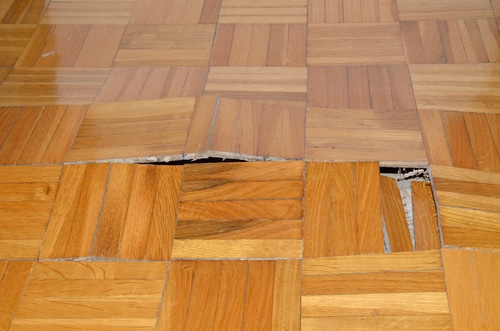Have you been looking for facts concerning Finding hidden leaks?

Early detection of leaking water lines can mitigate a possible catastrophe. Aside from saving you cash, it will lessen the stress and frustration. The minute you find a leakage, calling your plumber for repair work is the most effective service. Some small water leaks might not be noticeable. Below are some hacks that assist if you can not find it with your nude eyes.
1. Take A Look At the Water Meter
Checking it is a surefire method that aids you discover leakages. If it relocates, that shows a fast-moving leakage. This implies you may have a sluggish leak that can also be underground.
2. Check Water Intake
Examine your water bills and also track your water usage. As the one paying it, you should see if there are any type of discrepancies. If you identify sudden changes, despite your intake being the same, it indicates that you have leaks in your plumbing system. Keep in mind, your water costs ought to drop under the very same range on a monthly basis. A sudden spike in your expense shows a fast-moving leak.
On the other hand, a steady boost on a monthly basis, even with the exact same behaviors, shows you have a sluggish leakage that's additionally gradually rising. Call a plumber to completely examine your home, especially if you really feel a warm area on your flooring with piping below.
3. Do a Food Coloring Test
30% comes from bathrooms when it comes to water consumption. Examination to see if they are running correctly. Decrease specks of food color in the container and also wait 10 minutes. If the color in some way infiltrates your dish during that time without flushing, there's a leakage in between the tank and also bowl.
4. Asses Outside Lines
Do not neglect to examine your exterior water lines also. Should water permeate out of the connection, you have a loose rubber gasket. One small leak can throw away heaps of water as well as increase your water costs.
5. Examine and Assess the Scenario
House owners need to make it a practice to inspect under the sink counters and even inside closets for any type of bad odor or mold and mildew growth. These two red flags show a leakage so timely attention is needed. Doing regular inspections, even bi-annually, can conserve you from a major issue.
Check for discolorations as well as weakening as many devices as well as pipelines have a life expectancy. If you suspect dripping water lines in your plumbing system, don't wait for it to rise.
Early detection of dripping water lines can minimize a prospective disaster. Some small water leakages might not be visible. Inspecting it is a guaranteed way that helps you discover leakages. One small leak can squander lots of water as well as spike your water costs.
If you believe leaking water lines in your plumbing system, don't wait for it to rise.
WARNING SIGNS OF WATER LEAKAGE BEHIND THE WALL
PERSISTENT MUSTY ODORS
As water slowly drips from a leaky pipe inside the wall, flooring and sheetrock stay damp and develop an odor similar to wet cardboard. It generates a musty smell that can help you find hidden leaks.
MOLD IN UNUSUAL AREAS
Mold usually grows in wet areas like kitchens, baths and laundry rooms. If you spot the stuff on walls or baseboards in other rooms of the house, it’s a good indicator of undetected water leaks.
STAINS THAT GROW
When mold thrives around a leaky pipe, it sometimes takes hold on the inside surface of the affected wall. A growing stain on otherwise clean sheetrock is often your sign of a hidden plumbing problem.
PEELING OR BUBBLING WALLPAPER / PAINT
This clue is easy to miss in rooms that don’t get much use. When you see wallpaper separating along seams or paint bubbling or flaking off the wall, blame sheetrock that stays wet because of an undetected leak.
BUCKLED CEILINGS AND STAINED FLOORS
If ceilings or floors in bathrooms, kitchens or laundry areas develop structural problems, don’t rule out constant damp inside the walls. Wet sheetrock can affect adjacent framing, flooring and ceilings.
https://www.servicemasterbyzaba.com/blog/how-to-detect-water-leakage-in-walls/

I was shown that editorial about Hacks to detect leaks from a good friend on our other domain. In case you liked our page please be sure to pass it around. Thanks for taking the time to read it.
Urgent plumbing disruptions? Contact now